How Big Cats Keep Their Ecosystems In Check
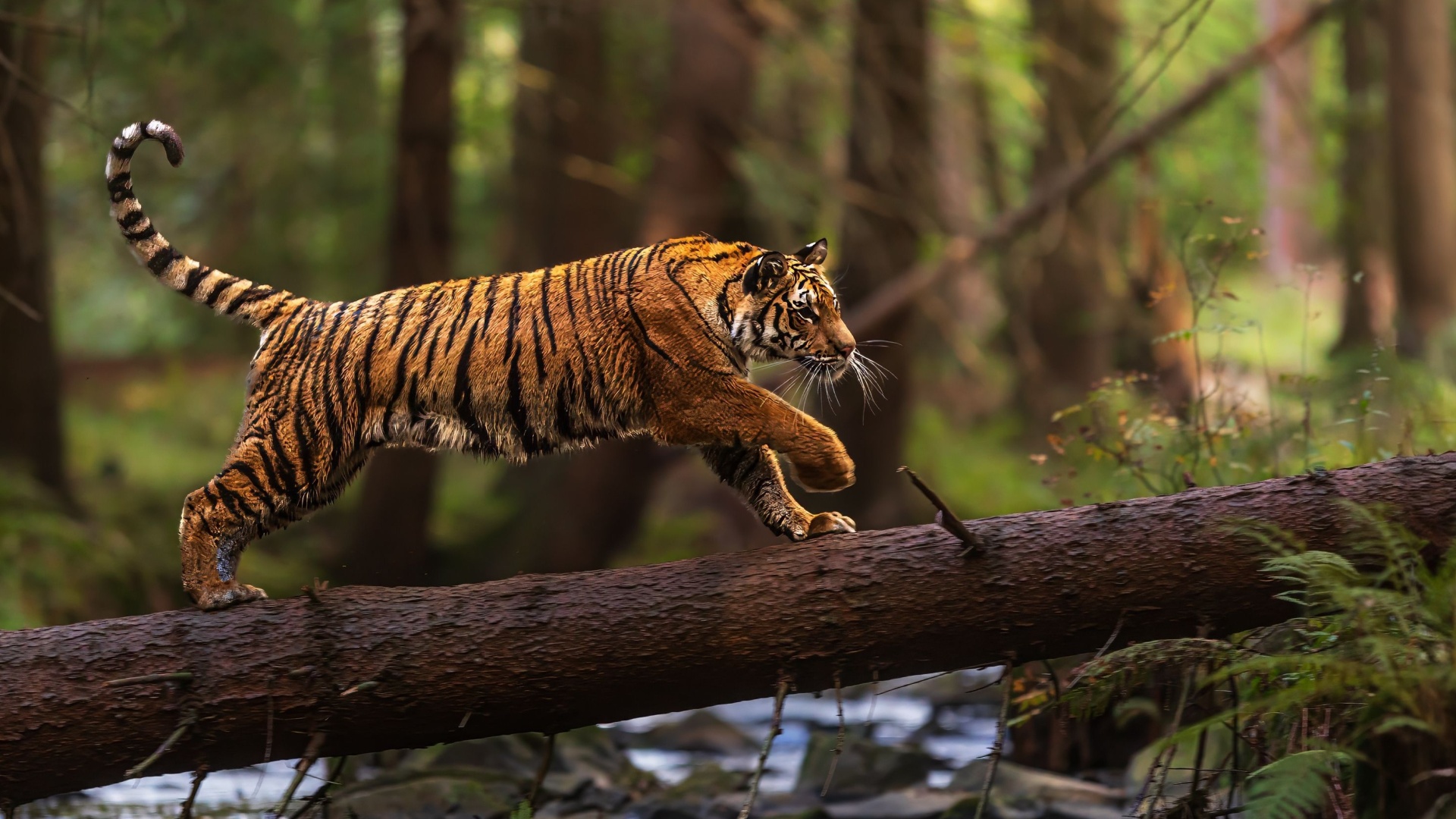
Big cats are more than just majestic predators; they’re vital players in maintaining the delicate balance of ecosystems.
From controlling prey populations to influencing the behaviors of other species, these remarkable animals contribute to a healthy environment in numerous ways.
Their presence helps to sustain biodiversity and promotes a thriving natural world. Let’s explore fascinating ways in which these incredible creatures keep ecosystems in check.
1. Regulating Prey Populations
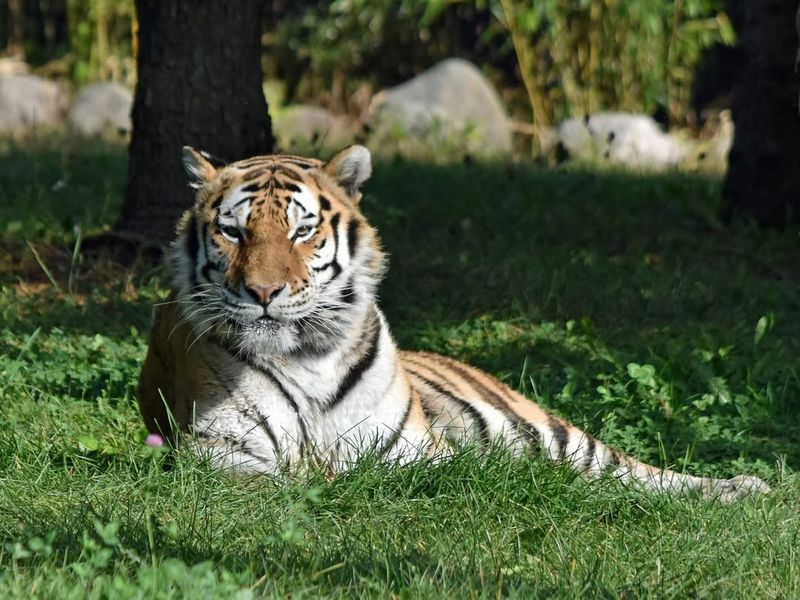
Big cats like tigers and lions play a crucial role in regulating prey populations. Without these top predators, herbivores such as deer can multiply unchecked, leading to overgrazing and habitat destruction.
When prey is plentiful, big cats thrive, maintaining a natural equilibrium. The presence of these predators ensures that weaker or sick animals are culled, promoting healthier genetic stock.
By controlling these populations, big cats prevent overconsumption of vegetation and support the biodiversity of their habitats.
2. Influencing Vegetation Growth
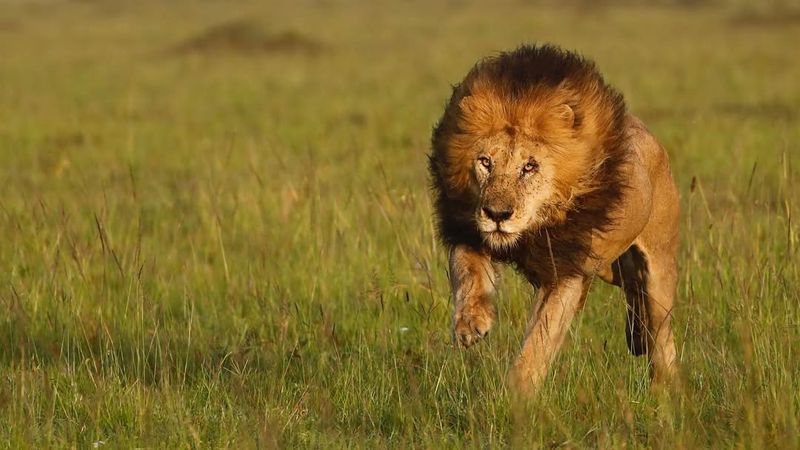
Have you ever wondered how big cats can influence vegetation? By controlling herbivore populations, they indirectly allow plants to thrive.
In the absence of predators, grazing animals can decimate plant life, leading to soil erosion and loss of habitat for other species. This top-down regulation allows for diverse plant life to flourish, providing food and shelter for countless creatures.
Ecosystems are like finely tuned machines, where each part plays a role. Big cats ensure that this machine runs smoothly, allowing for lush landscapes and vibrant flora to persist.
3. Supporting Scavenger Species
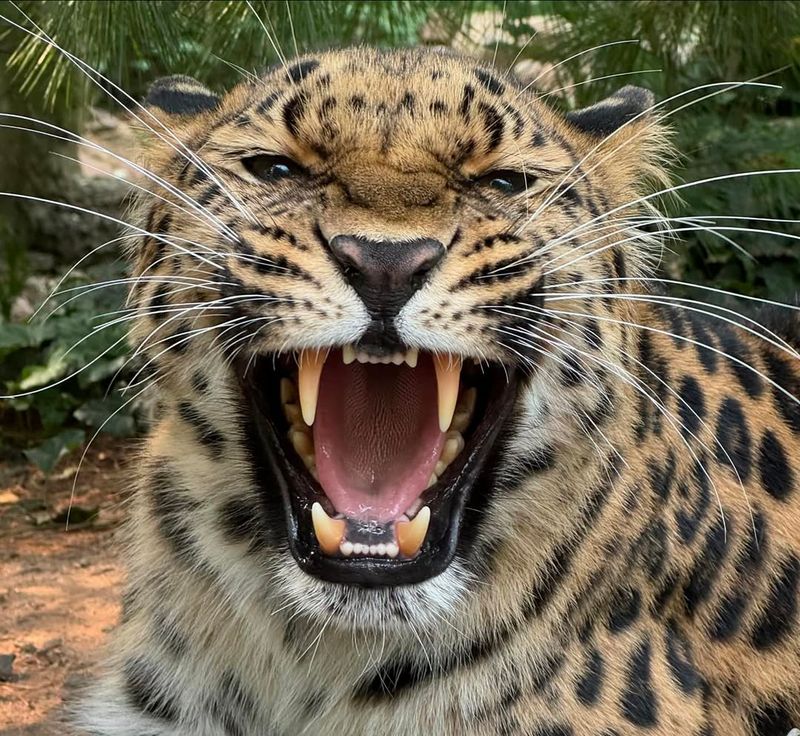
Big cats not only hunt but also provide for other species, such as scavengers. When these predators catch their prey, they often leave behind remains that become a valuable food source for animals like vultures and hyenas.
This sharing of resources helps support a wide range of species that rely on carrion as a primary food source. This interconnectedness fosters a balanced ecosystem where various species can coexist.
By feeding the scavengers, big cats indirectly support biodiversity, ensuring that even the smallest creatures have a place and purpose within the ecosystem.
4. Controlling Disease Spread
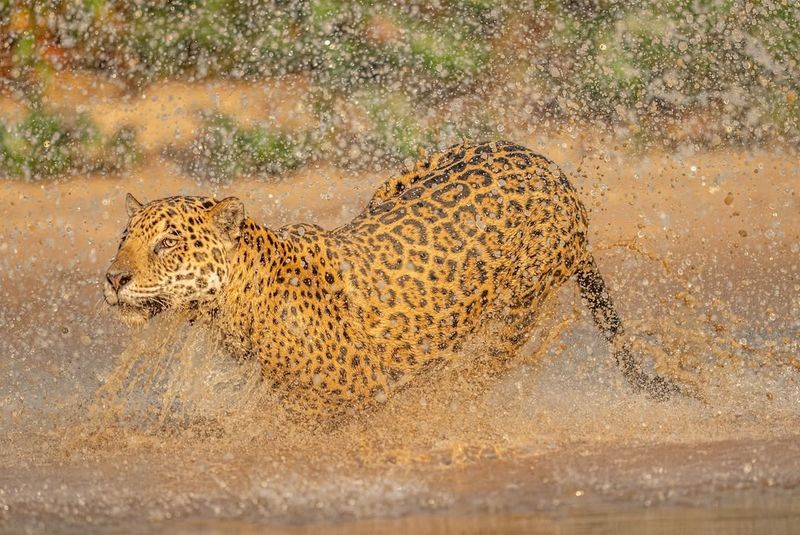
Did you know that big cats help control disease spread? By preying on weak or sick animals, they reduce the likelihood of diseases spreading within prey populations.
This natural selection plays a vital role in keeping animal communities healthy and resilient. Infected individuals are often less able to escape predators, making them more likely targets.
This process helps to eradicate diseases before they can become widespread. The presence of big cats acts as a natural check on the health of the ecosystem, preventing outbreaks that could devastate wildlife populations.
5. Maintaining Genetic Diversity
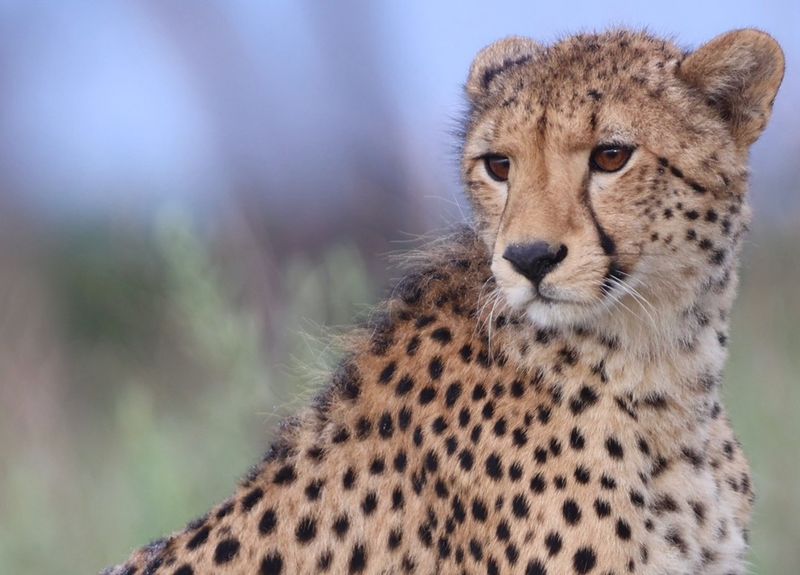
Big cats help maintain genetic diversity in prey populations by weeding out the weakest individuals. Their hunting instincts ensure that only the strongest survive and pass on their genes.
This natural selection strengthens prey species, making them more resilient to environmental changes. A healthy gene pool is essential for adapting to threats like disease and climate shifts.
By applying this natural pressure, big cats play a key role in shaping stronger, more adaptable ecosystems.
6. Shaping Animal Behavior
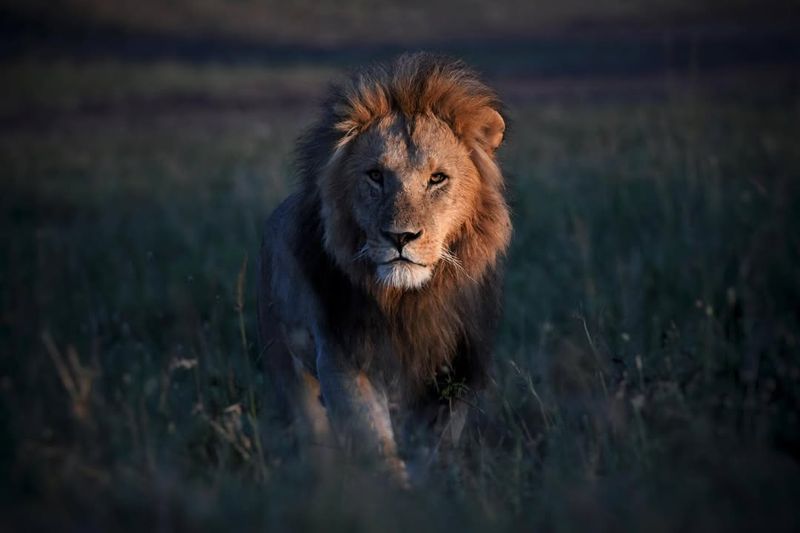
Predators like jaguars create a landscape of fear that affects how prey species behave. This fear can alter grazing patterns, feeding habits, and even migration paths.
By shaping these behaviors, big cats help to maintain a balance within the ecosystem. Their presence ensures that prey animals do not overexploit resources, thus supporting ecological stability.
The ripple effect of their hunting behavior extends far beyond their immediate prey, influencing every level of the food chain.
7. Preventing Overgrazing
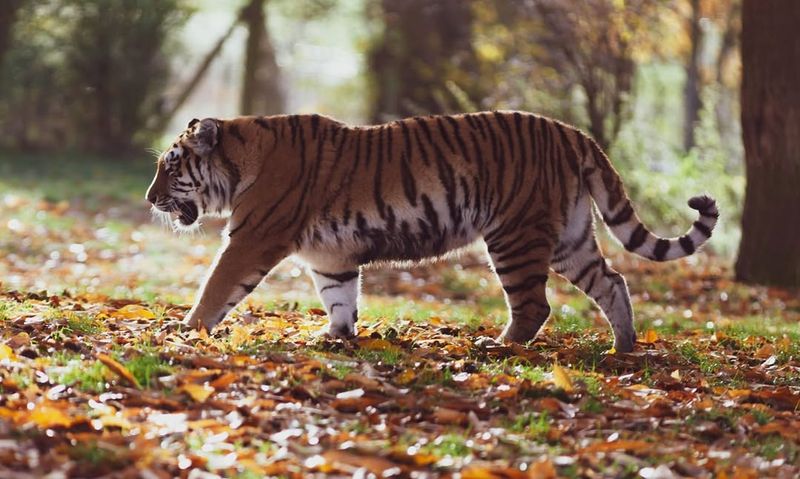
By controlling herbivore numbers, lions, tigers, and other cats prevent excessive grazing that can lead to habitat degradation. Overgrazing reduces plant diversity and can cause soil erosion, affecting other species that rely on vegetation for food and shelter.
The presence of big cats ensures that herbivore populations remain in check, allowing plant communities to recover and thrive.
This balance supports a rich and diverse habitat, essential for the survival of countless species.
8. Creating Biodiversity Hotspots
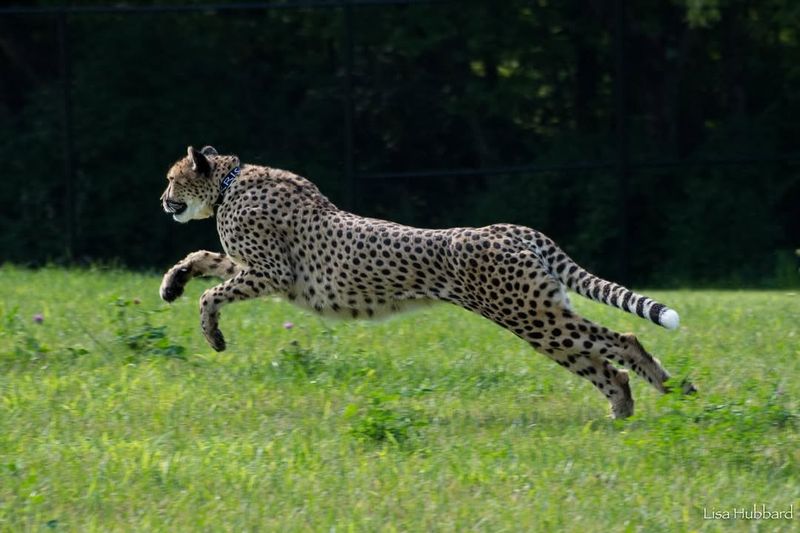
Big cats often inhabit areas that become biodiversity hotspots. Their presence attracts a variety of species that rely on the balance maintained by these predators.
From scavengers to herbivores, many animals thrive in the ecosystems where big cats reign. These areas become rich in species diversity, as the ecological balance encourages a wide array of life.
By being top predators, big cats act as stewards of these hotspots, ensuring that biodiversity is preserved. This intricate web of life depends on their role as apex predators to maintain the health and diversity of the community.
9. Supporting Ecosystem Resilience
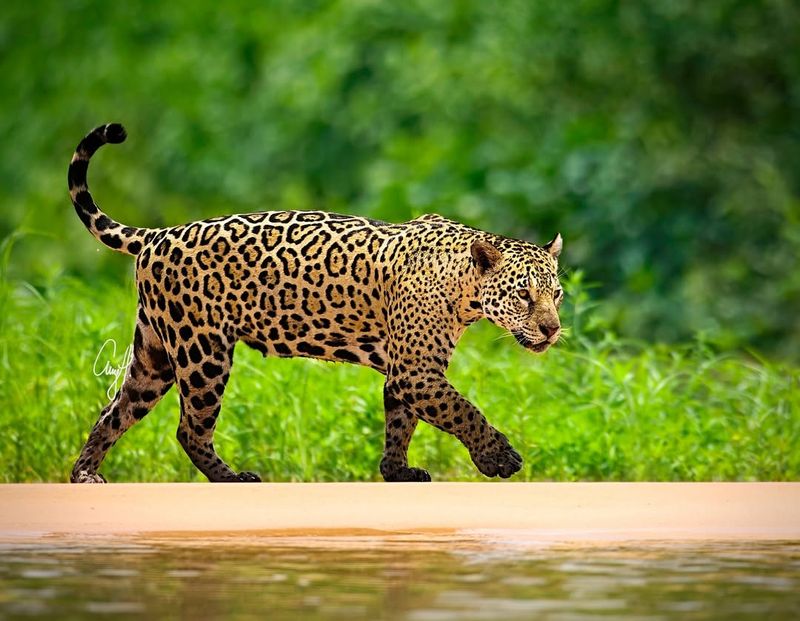
By maintaining balanced food webs, they ensure that ecosystems can recover from disturbances like fires or floods. A well-balanced ecosystem is more likely to adapt to changes, thanks to the diversity and robustness of species present.
Big cats are a key component of this balance, providing the top-down control necessary for stability.
Their presence helps ecosystems bounce back from challenges, ensuring long-term sustainability and the continued flourishing of diverse life forms.
10. Encouraging Forest Regeneration
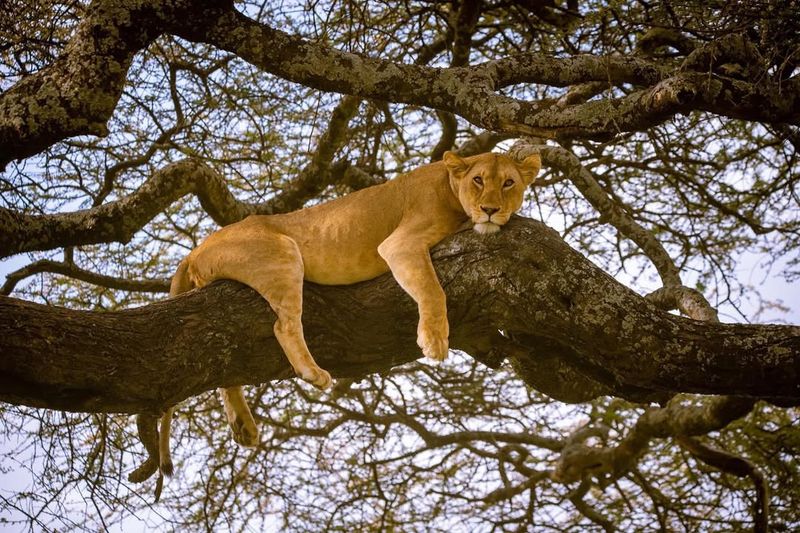
By keeping herbivore numbers in check, they prevent overgrazing that could hinder tree growth.
This allows forests to regenerate, providing essential habitats for countless species. Young trees and undergrowth can thrive without excessive browsing, leading to healthier forest ecosystems.
This growth supports a wide range of animal and plant life, creating a dynamic and thriving environment. Through their role as predators, big cats foster the conditions necessary for forest regeneration and the preservation of biodiversity.
11. Enhancing Soil Health
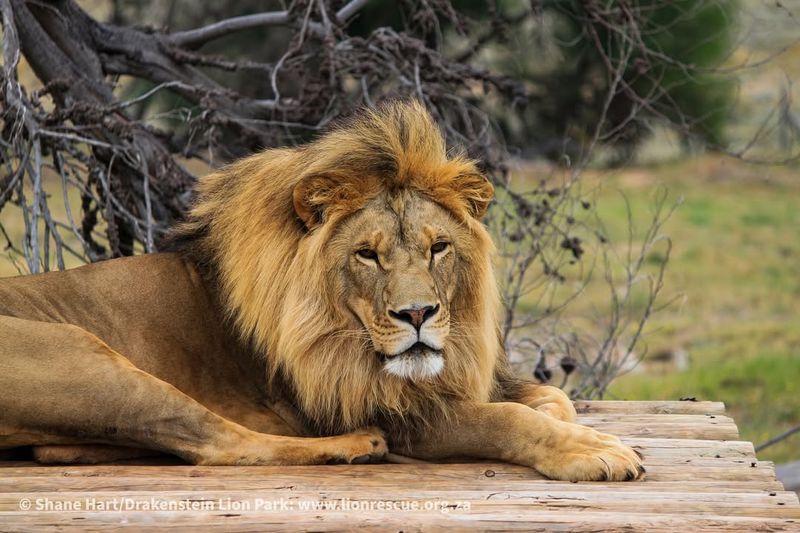
Perhaps unexpectedly, big cats play a key role in maintaining soil health. By controlling herbivore populations, they prevent overgrazing, which can lead to soil degradation and nutrient loss.
This balance supports healthy plant growth, providing stable ground cover that prevents erosion and preserves soil fertility. With nutrient cycling enhanced, a wide variety of life can thrive within the ecosystem.
Big cats help sustain this natural cycle, keeping the soil rich and supporting diverse plant communities from the ground up.
12. Promoting Ecotourism
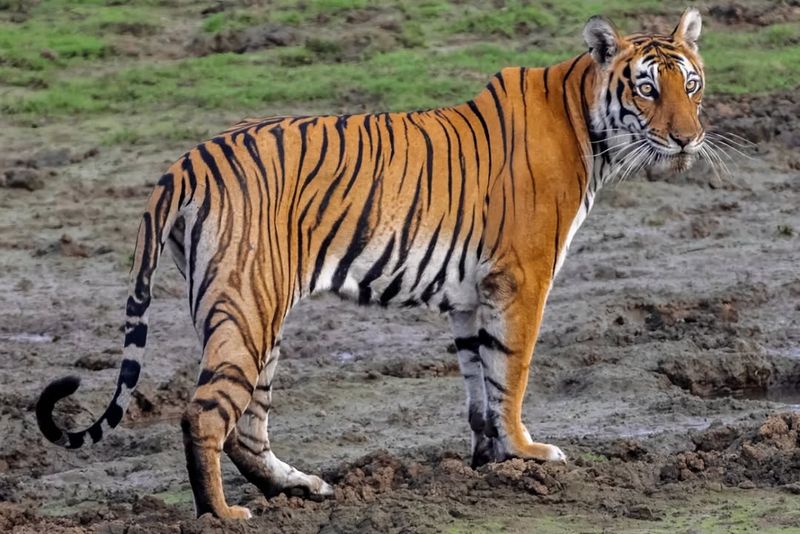
Big cats have become icons of ecotourism, attracting visitors from around the world. This industry not only raises awareness about conservation but also provides economic support for local communities.
By drawing attention to the ecosystems they inhabit, big cats help promote conservation efforts and sustainable practices.
Ecotourism creates a financial incentive to preserve habitats and protect these magnificent animals.
13. Fueling Scientific Research
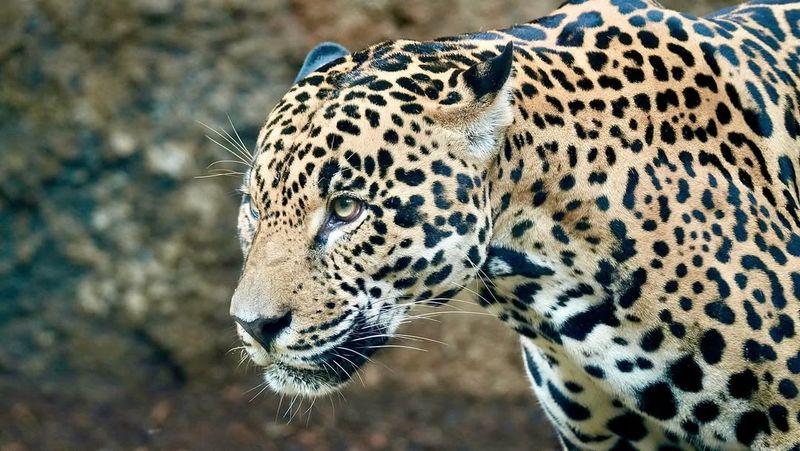
Studying these predators provides insights into their behaviors, ecology, and interactions with other species. This knowledge helps develop effective conservation strategies, ensuring the survival of big cats and the health of their habitats.
Research driven by big cat conservation also aids in understanding broader ecological processes. By focusing on these charismatic animals, scientists can uncover patterns and solutions that apply to global biodiversity challenges.
Their role in science underscores the importance of preserving these magnificent creatures.
